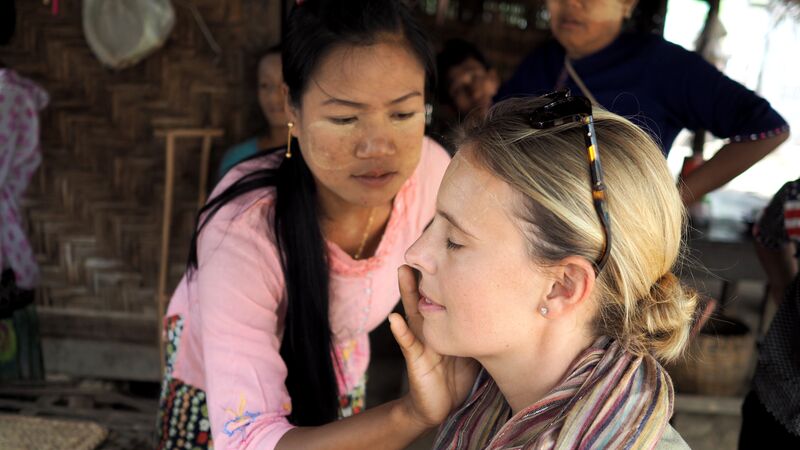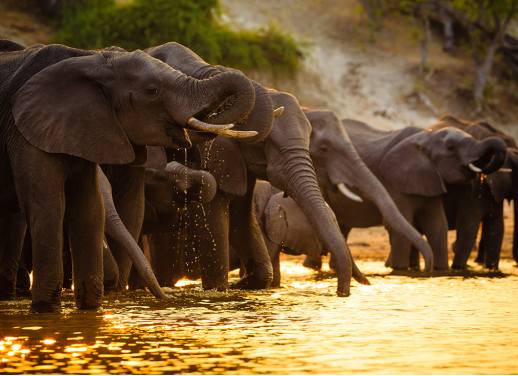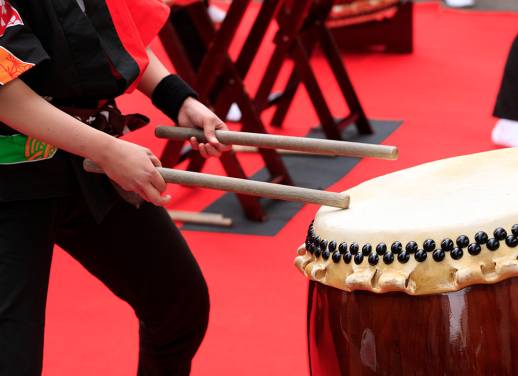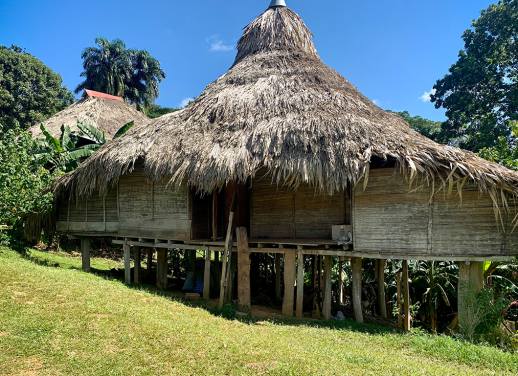This article originally appeared on the Intrepid Group website.
If you travel to Myanmar, deep into the country’s arid, central Magway region, along the sacred Irrawaddy River, you’ll come to the tiny township of Myaing.
There’s nothing remarkable about Myaing. You won’t see it on many Lonely Planet guidebook covers. It’s one of the poorest and least developed regions of Myanmar: a backwater network of maize crops and off-grid villages where muddy oxen still form the backbone of local agriculture. Ironically, it’s only a two hour drive from Myanmar’s tourism superhighway, the ancient city of Bagan.
But this quiet farming community is home to something revolutionary in its own way: this is the site of Myanmar’s first-ever Community Based Tourism (CBT) project.
What is CBT?
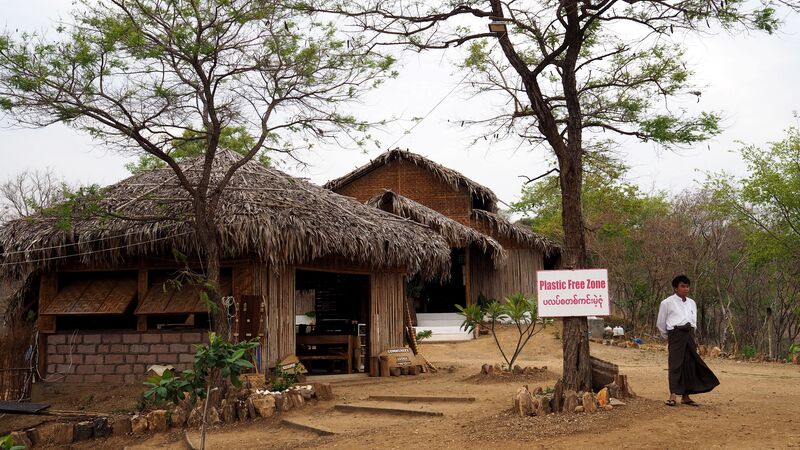
Photo by Sarah Reid.
CBT enables travellers to experience the local culture while empowering the communities they visit to preserve their natural and cultural heritage.
For travellers, it means a more authentic experience; and for locals, it leads to an upskilled workforce, and increased employment. It can be anything from a wildlife safari, to a cooking or basket-weaving class. No matter the experience, it’s about using travel for good.
With CBT projects in many neighbouring countries, the team at Intrepid Travel knew it was time to turn our attention to Myanmar. So, we rolled up our sleeves, and started exploring how we could create the best tourism experience for our travellers, while helping the locals to thrive.
RELATED: FROM LANDFILL TO JUNGLE GYM: THE AMAZING STORY OF AN UPCYCLED PLAYGROUND
Why Myaing?
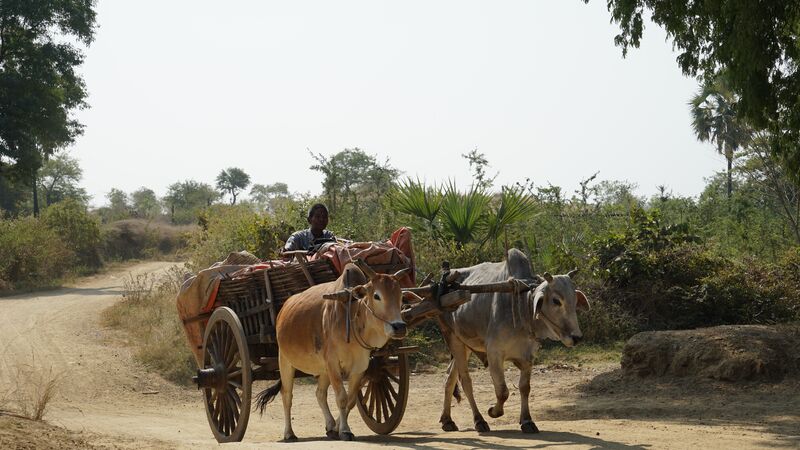
Photo by Sarah Reid.
In 2016, we established our first Myanmar CBT as a joint project with Action Aid Myanmar and four villages around Myaing: SuLae Pan, Inn Yaung and two communities in KanGyi Taw. Around 1,150 people live here, eking out a tough living on ya crops like sesame, sunflower, pigeon pea and maize.
These crops are enough to support the villages during harvest season, but year-round income has always been a struggle. In the last ten years, many young people from the villages have left to find jobs in urban centres like Yangon, or across the border in Bangkok, sending money back home to support their families.
Myaing didn’t have the flashy tourism drawcards, but it was an authentic snapshot of rural Myanmar life. And it had some of the warmest and most welcoming people we’d found anywhere in the country. So, when our on-ground team were scouting for possible CBT partners, these four villages seemed perfect.
RELATED: MEET THREE WOMEN WORKING TO CLOSE TURKEY’S GENDER PAY GAP
Setting up the CBT
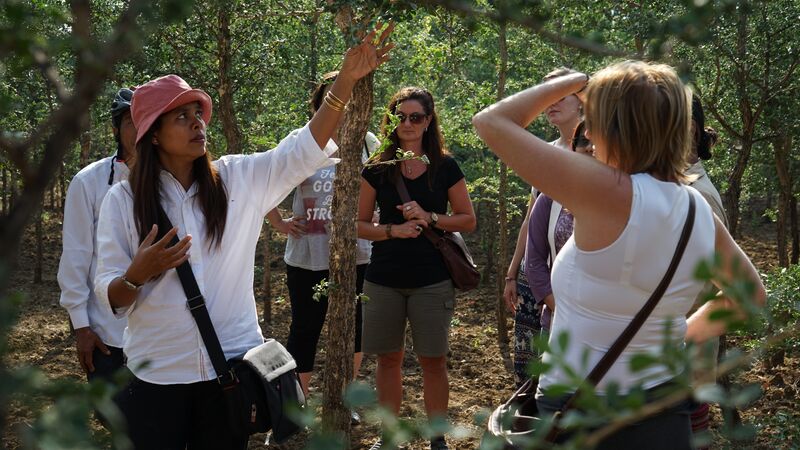
Photo by Sarah Reid.
CBT isn’t as simple as tweaking an itinerary and adding a couple of nights in a homestay. For one thing, homestay accommodation in Myanmar is illegal under current government regulations. So we partnered with Action Aid, who built a lodge (overlooking a tranquil reservoir), and we worked with the villages around Myaing to create new tourism experiences for our travellers when we stayed there.
The land was government-owned, but Myanmar’s Hotel and Tourism Minister was so supportive of the project that he co-ordinated with the respective departments to secure community ownership. Our teams, along with Action Aid, pushed ahead in shaping the design of the lodge, identifying tourism activities like hikes and cycle routes, sourcing local guides and providing a variety of fundamental training around health and safety, food hygiene and child protection. We also pre-paid the community for several services.
A committee was established to oversee the project and a proportion of the funds (10%) is held in a community fund and distributed equally between the four villages.
Visitors start arriving
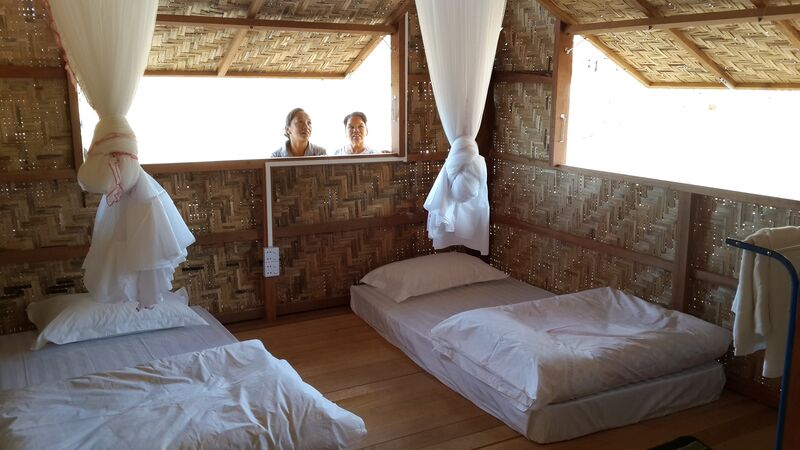
Photo: Supplied.
In a lot of ways, this CBT was unique. It was designed especially for Intrepid travellers – and student groups, looking for an insight into rural life and agriculture – and as soon as the lodge was built and the training finished, we started bringing visitors through (as part of our Best Of Myanmar tour). Because the CBT forms part of a regular itinerary, it guarantees a pipeline of long-term income for Myaing.
There were flow-on benefits too. Increased community income meant fewer young people leaving for work. There were increased job opportunities for women, with the CBT employing five full-time female staff (and one male); as well as four mother groups who cook the food at the lodge in turns.
A waste management system was created, and the lodge was made a plastic-free zone, with access to a medical clinic and the provision of running water. Improved roads and electricity have recently been connected in three villages, as a result of the community fund.
The State even gifted forest land to the community to manage a tree-planting program and fight deforestation. This is now an included activity on our Intrepid itineraries.
FIND OUT MORE ABOUT THE INTREPID FOUNDATION HERE
A sign of things to come
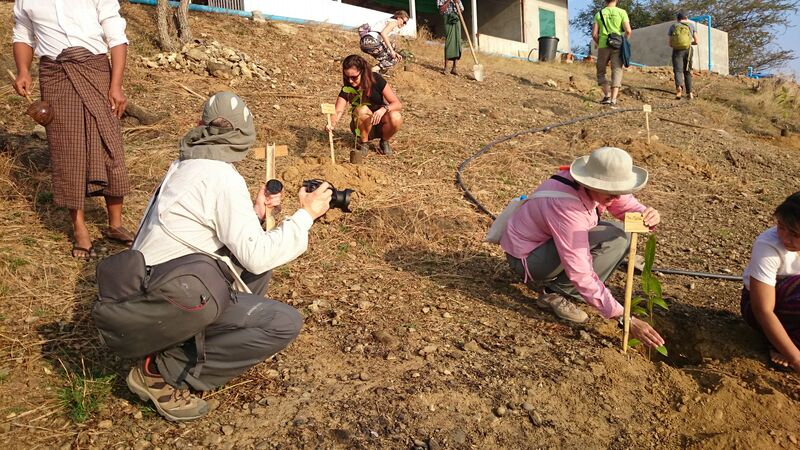
Photo by Sarah Reid.
This was the first Community Based Tourism project ever approved by the Myanmar government, and it has become proof of concept for further CBTs in Myanmar, and a model for other CBTs for Intrepid down the track.
Since the project began in 2016, over 1,800 Intrepid travellers have visited this quiet pocket of Myanmar, contributing over AUD $125,000 to the CBT, along with more than AUD $35,000 from The Intrepid Foundation. All up, we’ve added over AUD $160,000 to the local economy, with the CBT being so well received, that we’ve extended the experience to two days, instead of one. And we’re not done yet.
VISIT MYAING ON INTREPID’S BEST OF MYANMAR SMALL GROUP ADVENTURE
The Myaing project has been recognised within Myanmar as a ‘gold standard’ in CBT creation and received the first ASEAN CBT Standard certificate in Myanmar.
But public accolades are only half the story. The real success belongs to the people of Myaing, who have welcomed strangers into their villages, shared their culture, and shown the government the real power of community tourism.
To donate to ActionAid Myanmar, which equips leaders in local communities with the knowledge, skills and confidence necessary to be change-makers in their community, see here. The Intrepid Foundation will match all donations dollar-for-dollar.

